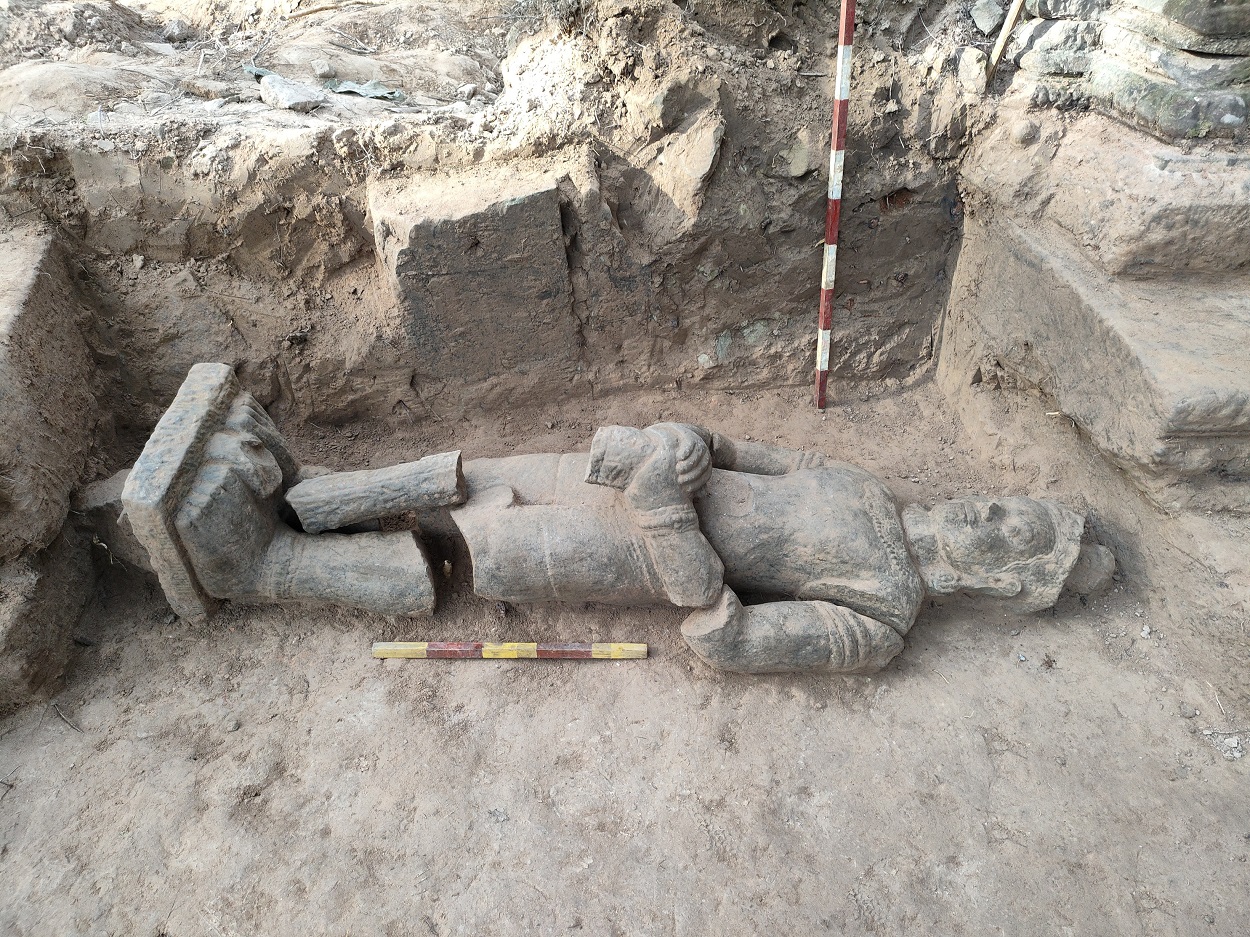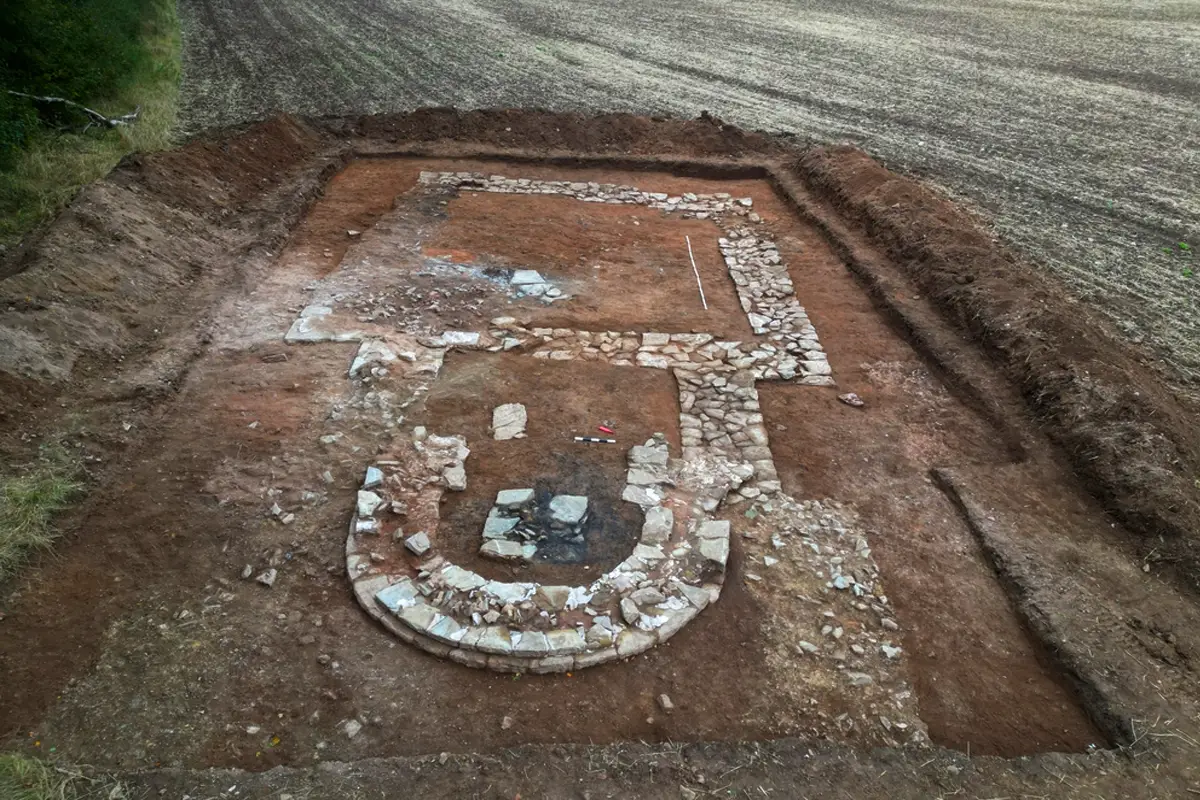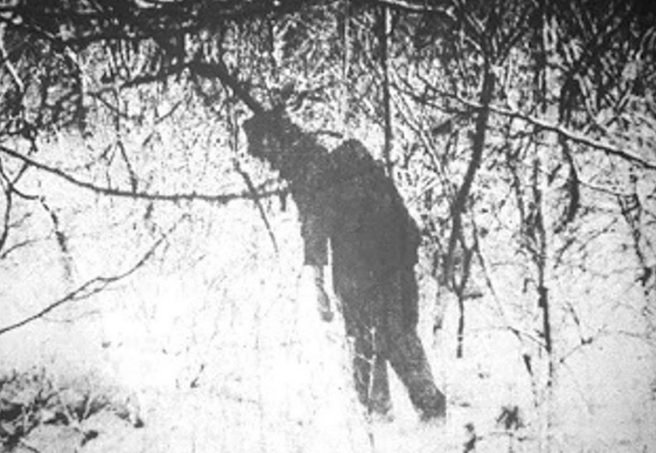Archaeology
Enormous medieval coin hoard found in Southwest Germany
Archaeologists have discovered an enormous medieval coin hoard in the municipality of Glottertal, Germany.
According to a press statement issued by the Stuttgart Regional Council, the hoard was unearthed during construction works while excavating a trench.
The discovery was made by Claus Völker, an employee from the State Office for Monument Preservation (LAD), who identified what appeared to be “small metal plates” on the trench floor.
Upon closer inspection, it was revealed to a be a hoard of around 1000 coins, resulting in a pause in the construction works to conduct an archaeological inspection and metal detector survey.
Due to poor weather, the trench interior turned into a knee-deep quagmire, however, the persistent researchers discovered a further 600 coins in the small window available to them.
A representative from the Stuttgart Regional Council, said: “The discovery is one of the most extensive medieval coin treasures of recent decades”.
Preliminary cleaning of the hoard has identified coins mainly dated to 1320 in Germany and Switzerland. According to the researchers, they originate from mints in Breisach, Zofingen, and Freiburg, while a few examples come from the Basel, St. Gallen, Zurich, Laufenburg and Colmar mints.
Andreas Haasis-Berner from the State Office for Monument Preservation, said: “An analysis of the coin hoard will provide valuable insights into various aspects of the region’s economic history. Specifically, it is expected to shed light on the circulation of coins in Breisgau, the activities of local mints, the silver trade, and even the mining operations in Glottertal.”
How the hoard came to be deposited in the Glottertal area is unknown. The area was home to miners who worked the silver mines on the edge of the Black Forest during the Middle Ages.
Header Image Credit : LAD
Sources : Stuttgart Regional Council
This content was originally published on www.heritagedaily.com – © 2023 – HeritageDaily
Archaeology
Guardian statue uncovered at Banteay Prey Nokor

Archaeologists from the APSARA National Authority have uncovered a guardian statue at the Banteay Prey Nokor temple complex in Kompong Cham, Cambodia.
Known locally as the temple of “Wat Nokor in Khum of Kompong Siem”, or “Wat Angkor”, Banteay Prey Nokor was constructed during the reign of Jayavarman VII (AD 1181–1218), the first king devoted to Buddhism in the Khmer Empire.
The complex covers an area of 37 acres and consists of a central tower surrounded by four laterite wall enclosures made from sandstone and laterite.
In addition to being the largest ancient temple complex in Kampong Cham Province, it has several distinguishing features. One of the most notable is its construction from black sandstone, which sets it apart from other temples of the period, typically built from brick or reddish sandstone.
Image Credit : Phouk Chea / Chea Sarith
Archaeologists from the Department of Preservation and Archaeology at the APSARA Authority recently excavated one of the gateways of Banteay Prey Nokor, clearing away layers of rubble from the collapsed upper structure.
Upon removing the rubble material, a guardian door statue was uncovered to the right of the eastern entrance to the gateway. The statue is broken into six pieces – breaking at the neck, the left forearm, the waist, and below the knees of both legs.
According to the researchers, the statue, which originally stood at a height of around 1.6 metres, is of the Bayon style, in reference to the Bayon state temple of Jayavarman VII at the centre of Jayavarman’s capital, Angkor Thom.
“The sandstone gate guardian will now be stored at the Preah Norodom Sihanouk-Angkor Museum,” Angkor Wat’s heritage police said in a statement. “It will be preserved and studied further.”
Header Image Credit : Phouk Chea / Chea Sarith
Sources : APSARA National Authority
This content was originally published on www.heritagedaily.com – © 2023 – HeritageDaily
Archaeology
Sacred chapel destroyed during German Peasants’ War rediscovered

Archaeologists from the State Office for Monument Preservation and Archaeology (LDA) of Saxony-Anhalt have rediscovered the Mallerbach Chapel at the site of the Kaltenborn monastery.
Between 1524 to 1525, a large number of peasants, urban lower classes, and lesser nobles living in the German-speaking areas in Central Europe rebelled against a combination of economic, social, and religious factors. These include:
Economic hardship and inequality: Peasants faced heavy burdens from taxes, dues, and rents imposed by landlords, the church, and secular rulers.
Feudal oppression: Many peasants grew increasingly resentful of the limitations placed on their freedoms by feudal lords, including restrictions on hunting, fishing, and access to communal lands.
Religious influence: The Reformation inspired many peasants who saw in it a call for social and economic reform against a corrupt church.
Legal grievances: Peasants sought greater control over local governance and justice. They were frustrated by the arbitrary decisions made by their lords and demanded more influence over the laws and rules that governed their daily lives.
Image Credit : LDA
Following the outbreak of the Peasants’ War, insurgents from the nearby villages of Riestedt and Emseloh plundered the Kaltenborn monastery near Allstedt in the German district of Mansfeld-Südharz, leading to the monastery’s decline and eventual dissolution in 1538.
According to a press statement by the LDA: “It’s destruction – an act of rebellion against the Cistercian convent of Naundorf, which was in charge of the Chapel of St. Mary and to which the Allstedt residents were subject to taxes – can be seen as the first flare-up and harbinger of the coming uprising of the ‘common man’ against the authorities.”
Recent excavations at the monastery site have located the 12th/13th century Mallerbach chapel, a sacred place of worship for pilgrims who came to witness a weeping image of the Virgin Mary.
Archaeologists have uncovered the original floor plan of the chapel, which measures around 17 metres in length with a rectangular choir and semicircular apse. Excavations have also found the altar foundations, as well as traces of burning from the time of the German Peasants’ War.
Header Image Credit : LDA
Sources : State Office for Monument Preservation and Archaeology (LDA)
This content was originally published on www.heritagedaily.com – © 2023 – HeritageDaily
-

 Ghosts2 years ago
Ghosts2 years agoZozo: The Ouija Board Demon
-

 Space2 years ago
Space2 years agoScientists claim to have found the answer what existed before the Universe
-

 General3 years ago
General3 years agoUC San Francisco engaging in horrifying experiments, organ harvesting of live babies in the name of “science”
-

 Ghosts2 years ago
Ghosts2 years agoOld Coot of Mount Greylock
-
Archaeology2 years ago
New discoveries at Ekʼ Balam during conservation works
